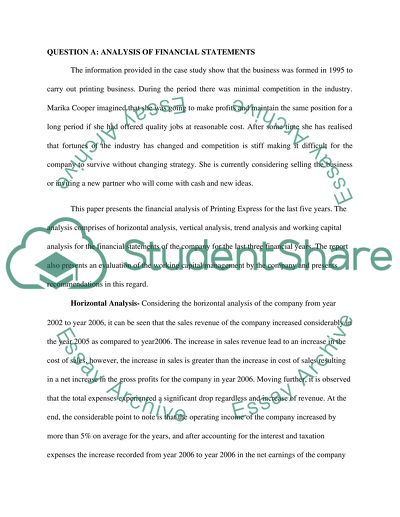Cite this document
(“Analysis of Financial Statements: case study of Printing Express Assignment”, n.d.)
Retrieved from https://studentshare.org/finance-accounting/1396590-analysis-of-financial-statements-case-study-of-printing-express
Retrieved from https://studentshare.org/finance-accounting/1396590-analysis-of-financial-statements-case-study-of-printing-express
(Analysis of Financial Statements: Case Study of Printing Express Assignment)
https://studentshare.org/finance-accounting/1396590-analysis-of-financial-statements-case-study-of-printing-express.
https://studentshare.org/finance-accounting/1396590-analysis-of-financial-statements-case-study-of-printing-express.
“Analysis of Financial Statements: Case Study of Printing Express Assignment”, n.d. https://studentshare.org/finance-accounting/1396590-analysis-of-financial-statements-case-study-of-printing-express.


